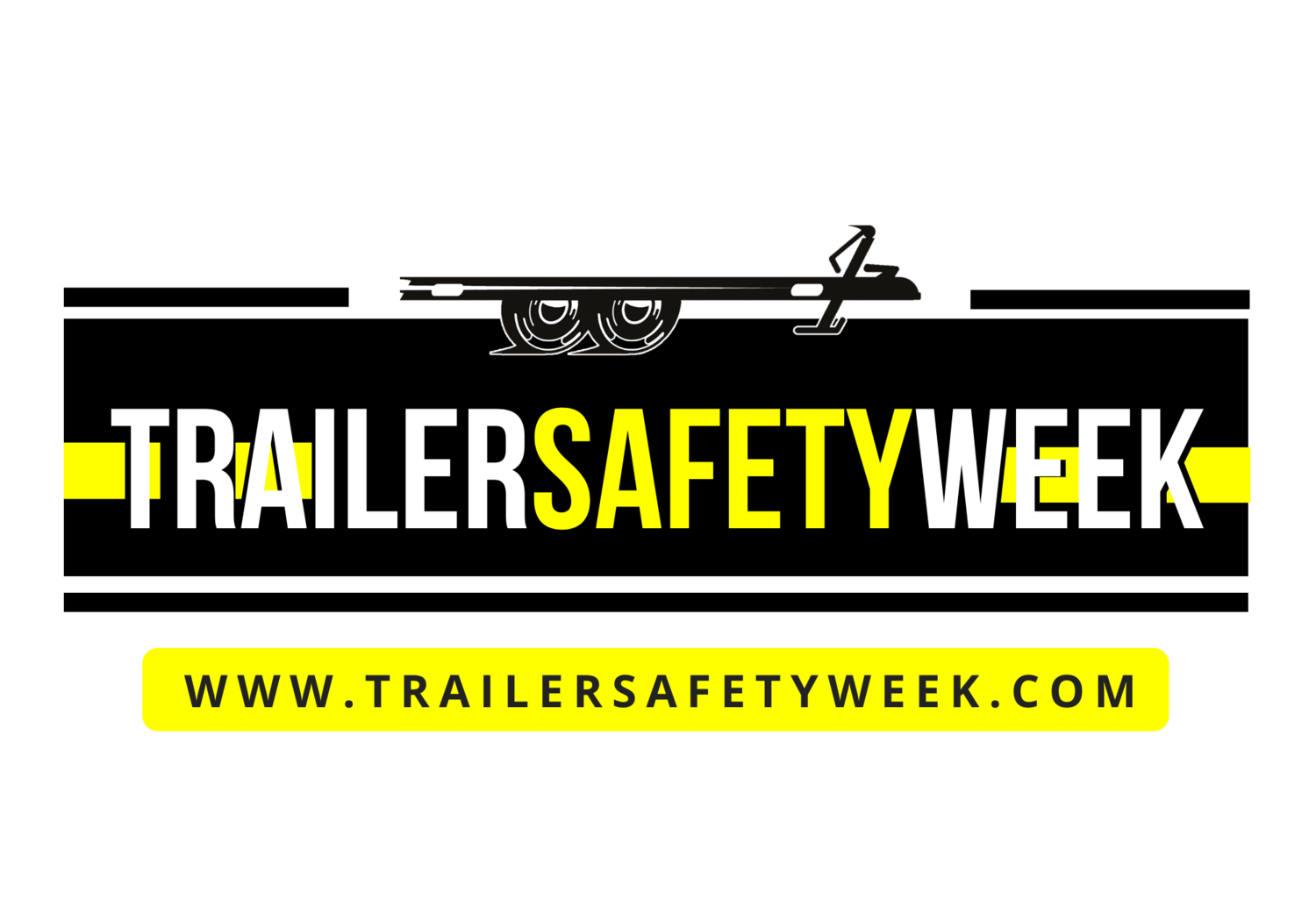Towing a trailer can be a convenient way to transport goods, but it also poses certain risks, the most significant of which is trailer sway, commonly known as fishtailing. This phenomenon can be alarming and, if not managed properly, can lead to dangerous situations on the road. Understanding the causes of trailer sway and implementing strategies to prevent it can help ensure a safer towing experience.
What Causes Trailer Sway?
Trailer sway can be triggered by a variety of factors, some within your control and others that are not. Here are some common causes:
Winds: Natural wind or gusts created by passing vehicles can destabilize a trailer.
Uneven Roadways: Bumps, dips, and uneven surfaces can lead to loss of control.
Sudden Evasive Maneuvers: Quick steering actions can initiate sway.
Inappropriate Load Distribution: An unevenly distributed load can throw off balance.
Inappropriate Tongue Weight: Insufficient or excessive tongue weight can affect stability.
Incorrect Tire Pressure: Under-inflated or over-inflated tires can impact handling.
Overloaded Trailer: Exceeding the trailer’s load capacity can lead to instability.
Speeding: Higher speeds can increase the likelihood of sway.
Improperly Secured Cargo: Loose items can shift and cause imbalance.
How to Control Sway Risks
Fortunately, there are several strategies you can employ to minimize the risk of trailer sway:
Wind Awareness: If possible, avoid towing on windy days. Be mindful of strong gusts when driving near large vehicles.
Load Distribution: Aim for a load distribution of approximately 60% of weight in the front half of the trailer and 40% in the back. However, always refer to your trailer’s owner’s manual for specific guidelines, as different trailers may have varying requirements.
Tongue Weight Management: Proper tongue weight is crucial for stability. For bumper pull trailers, 10-15% of the total weight should be on the tongue; for gooseneck trailers, the recommendation is 20-25%. Always consult your owner’s manual for the recommended tongue weight.
Tire Pressure Checks: Regularly inspect your tire pressure, adjust it according to the owner’s manual or the placard on your trailer, and ensure uniformity across all tires.
Avoid Overloading: Never exceed the maximum load capacity of your trailer. Overloading can lead to component failure and increased sway risk.
Consider Sway Control Devices: Aftermarket sway control devices can help mitigate sway. Options include active and friction sway control systems. Consult a trailer specialist to identify the best fit for your needs.
Speed Regulation: Keep your speed within the limits recommended by your trailer’s owner’s manual and adhere to state laws regarding towing speed limits.
Secure Your Cargo: Make sure that all items inside the trailer are tightly secured to prevent shifting during transit.
What to Do If Your Trailer Starts to Sway
If you find yourself in a situation where your trailer is swaying, follow these steps to regain control:
Grip the Steering Wheel Firmly: Maintain a steady hold on the wheel to better manage the vehicle.
Steer Straight: Keep the steering wheel steady and avoid sudden movements.
Ease Off the Accelerator: Gradually reduce speed without slamming on the brakes.
Use Trailer Brakes: If possible, apply only the trailer brakes to help slow down.
Find a Safe Stopping Place: Once you have reduced your speed, look for a safe area to pull over and assess the situation. Review the factors that may have contributed to the sway and check your setup for any necessary adjustments.
By understanding the causes of trailer sway and implementing the suggested preventative measures, you can significantly reduce the risks associated with towing. Always prioritize safety, keep your equipment well-maintained, and stay informed about best practices for towing. With preparation and caution, you can enjoy a safer and more pleasant towing experience.

